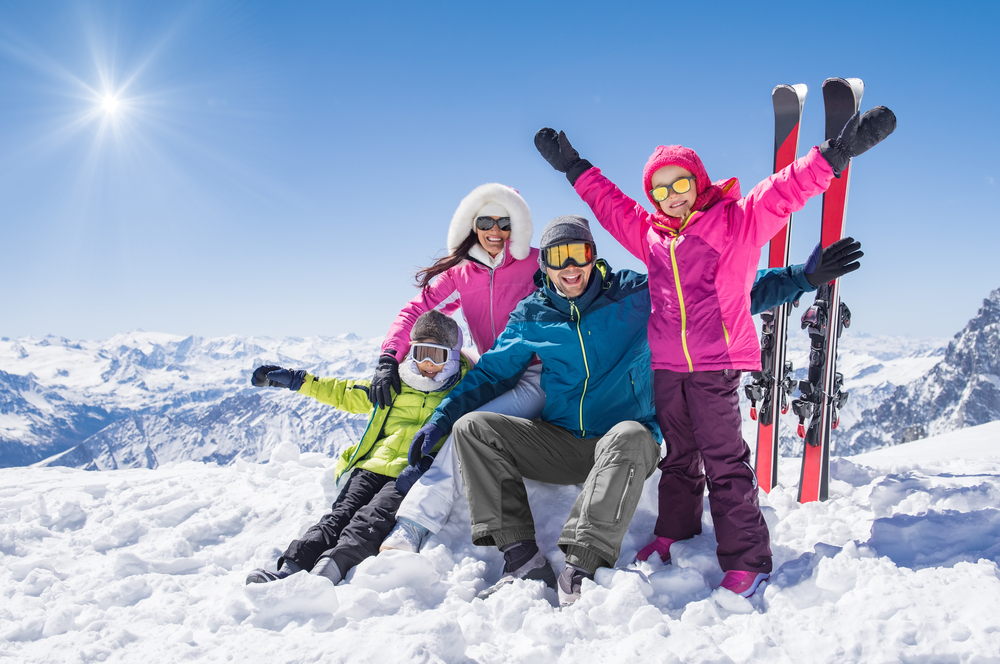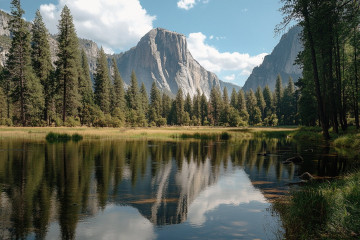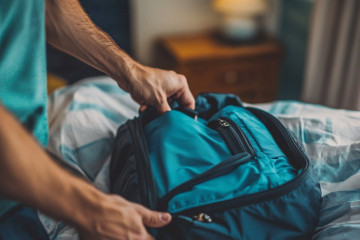Prepare for the Instagram likes to roll in faster than the snow flurries.
Sometimes, winter can come in with a snowy roar. After a big storm, California’s Sierra Nevada is transformed into a powdery playground — much to the delight of skiers and snowboarders at Mammoth Mountain and across Tahoe. And in New York, busy city streets look like a winter wonderland after a fresh dusting of the white stuff. Once the flakes settle, there’s only one thing left to do: head outside and take pictures to remember the weather event forever.
Boston-based photographer Neal Kumar knows a thing or two about capturing the perfect winter snaps and is happy to share his tips for taking beautiful photos in the snow. The best part? He shoots his images on iPhone, so his recommendations apply to amateur and professional photographers alike. Here are a few of Kumar’s suggestions to help you take the best winter photos.
Remember, the early bird gets the worm.
“If possible, I recommend going out to shoot snow as early in the morning as you can. This increases the chances of catching streets and sidewalks covered in fresh snow before it is plowed or shoveled.”
Waking up early will also increase your chances of capturing the snow during the golden hour after sunrise. To get out the door faster, prepare your gear the night before and make sure your iPhone is fully charged. Using your device in the cold can cause the battery to temporarily drain, so bring a power bank if you plan to be out for several hours.
Use the Exposure Compensation Control.
“Sometimes it helps to decrease or darken the exposure on your shot if the image appears very bright in your camera from all the snow. You can always increase exposure or shadows later while editing, but it’s harder to save details that are overexposed.”
If you’re shooting on an iPhone 11 or iPhone 11 Pro or later, use the Exposure Compensation Control on your iPhone to set and lock the exposure. Tap the up arrow and then increase or decrease your exposure level – the settings will be saved until you close the Camera app. This feature is available with iOS 14 or later, so make sure your software is up-to-date.
Adjust the white balance.
“When editing your snow photos, play around with the white balance settings (temperature and tint). The snow should be white in color, and if it’s too yellow, then try turning down the temperature. You can also see if adjusting the tint helps make the color (or white balance) of the snow look more natural.”
Find a background with contrast.
“To make falling snow more noticeable in your photo, it helps to contrast the white snowfall against a dark background like a building or trees. This will highlight the white of the snowflakes and make them more prominent. Sometimes if the background is too bright, then the falling snow is harder to see against it.”
Composition is the key to capturing a great photo, so play with leading lines (e.g., a road that leads the viewer’s eye to the focal point of your image), symmetry, negative space, and the rule of thirds to make your scene stand out.
Shoot, shoot, and shoot some more.
“If it is actively snowing, then I recommend taking a couple of back-to-back versions of your shot. This is because the snowflakes can be in different patterns depending on when your shot is taken. Taking more shots also increases the chances you get bigger snowflakes in the shots that are closer to you for a different effect. I find that falling snow is sometimes more noticeable when shot on the zoom lens. You can also try shooting the same scene both at 1x and 2x, and then see which version you like better.”



